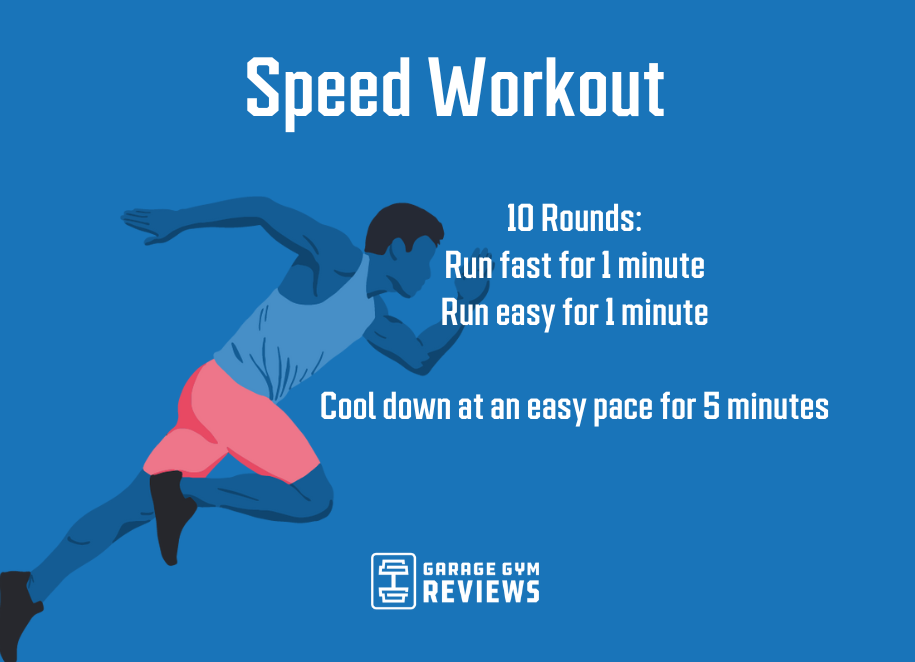Just How to avoid and Manage Discomfort in Operating: Specialist Tips and Guidance
The quest of that jogger's high can sometimes be impeded by the undesirable companion of pain. There exist tested approaches and skilled guidance that can help mitigate and take care of these discomforts, allowing you to focus on the delight of running itself.
Significance of Appropriate Shoes
Appropriate shoes plays a vital duty in stopping and managing discomfort for joggers, as it considerably affects their comfort, performance, and overall foot health. When it comes to running, putting on the right shoes can make all the distinction. Uncomfortable or incorrect shoes can bring about a host of issues such as blisters, shin splints, plantar fasciitis, and much more severe injuries like stress cracks.
Picking the correct operating footwear entails thinking about elements such as foot kind, stride mechanics, running terrain, and personal preferences. Joggers with high arcs might require more padding and assistance, while those with level feet may benefit from security shoes. Furthermore, comprehending pronation (the inward rolling of the foot) and supination (the outside rolling of the foot) can help in picking shoes that supply the best degree of arch assistance.
Buying top quality running footwear that are proper for your individual demands can assist protect against discomfort and pain while boosting your running experience. Prioritizing proper shoes is not practically performance however likewise concerning safeguarding your foot health in the long run.

Effective Warm-up Strategies
Footwear option is simply one facet of getting ready for a successful run; an additional vital component is implementing effective workout techniques to optimize efficiency and lower the risk of injury. A vibrant warm-up regimen before a run assists raise blood circulation to the muscle mass, boosts flexibility, and boosts the range of movement of the joints. Dynamic extends like leg swings, high knees, and hip circles are beneficial in preparing the body for the physical demands of running. Gradually increasing the intensity of the warm-up workouts can help turn on the muscles and boost neuromuscular control.
Along with vibrant stretches, integrating some light cardio exercises such as jogging or avoiding rope can better boost the heart price and heat up the body. This mix of dynamic extending and light cardio helps loosen tight muscular tissues, oil the joints, and psychologically prepares the runner for the upcoming workout (running strategy). By making workouts a consistent part of your running routine, you can considerably minimize the danger of injuries and do at your best during each run
Key Extending Workouts
When planning for a run, including key stretching workouts is essential to enhance muscle adaptability and avoid injuries - Read More. Dynamic stretches such as leg swings, high additional reading knees, and hip circles are advantageous for heating up the muscle mass and raising range of motion before a run. These movements help boost blood flow, loosen tight muscles, and prepare the body for the activity ahead
Static stretches like calf bone stretches, hamstring stretches, and quadriceps stretches ought to comply with a run to aid in muscle healing and avoid tightness. Holding each go for 15-30 secs allows the muscular tissues to relax and extend, minimizing the risk of post-run soreness and possible injuries.
Additionally, integrating yoga exercise poses like downward pet dog, pigeon position, and back twists can target multiple muscle mass teams concurrently, promoting total flexibility and toughness. Regular extending regimens not just boost efficiency yet additionally help in maintaining great running kind and preventing overuse injuries. Remember, correct extending strategies are crucial for a risk-free and enjoyable running experience.
Healing and Relax Approaches
After finishing a run, implementing effective healing and rest methods is important for making best use of efficiency and minimizing the threat of injuries. One important facet of recovery is enabling the body time to rest and repair itself. Appropriate rest is extremely important as it is throughout rest that muscular tissues recover and grow more powerful. Furthermore, incorporating remainder days right into your training routine is important to avoid overuse injuries and burnout.
Energetic healing strategies such as gentle extending, foam rolling, and yoga can aid enhance circulation, decrease muscle mass pain, and enhance flexibility. It is likewise useful to focus on hydration and nourishment post-run to replenish electrolytes, glycogen shops, and advertise muscle mass recuperation.
Cross-training activities like swimming or cycling can give a break from the recurring impact of running while still preserving cardio physical fitness - running strategy. Paying attention to your body and identifying when it needs a break is vital to stop chronic injuries and making certain long-lasting running success. Keep in mind, remainder is not a sign of weak point yet a vital part of an all-around training program
Cross-Training Benefits

It allows you to work on various facets of physical fitness that may not be targeted solely via running, leading to a more well balanced and versatile athlete. Furthermore, cross-training can assist boost running performance by attending to muscular discrepancies and weaknesses that might impede efficiency.
Conclusion
In conclusion, correct footwear, warm-up techniques, stretching workouts, recovery strategies, and cross-training are essential parts in stopping and managing pain in running. By including these practices into your routine, you can lessen the danger of injury and discomfort while making best use of performance and satisfaction of the sport. Read More. Remember to listen to your body, focus on rest and healing, and seek specialist support when required to make sure a risk-free and efficient running experience
Comments on “Elevate Your Running Strategy with Proven Techniques”